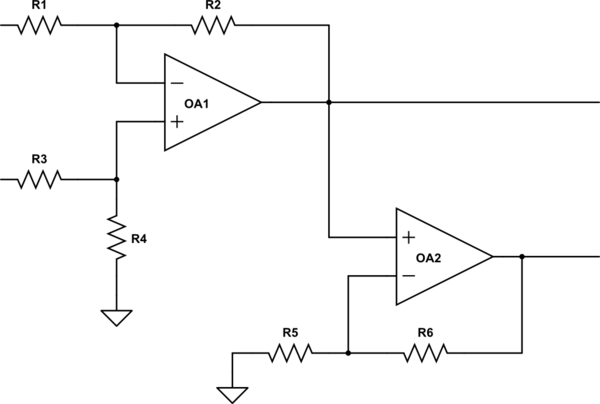I want to know if it is okay to use multiple differential amplifiers
connected to the same source
Generally yes; the impedance of the shunt you are using is such that any reasonable impedance in parallel is not going to significantly reduce the shunt resistance by very much at all.
However, the circuit you are using may be wholly faulty whether you have one or two in parallel. This is mainly because the common mode voltage on the current sense line might be a lot higher than the voltage dropped across the shunt and, any very slight tolerance induced resistive imbalance on the differential amplifier inputs will make a mockery of any small millivolt signal you are trying to measure.
Short story: Your measurement circuit is possibly flawed (especially if using a TL081 with a several millivolt input offset voltage).
See this recent Q and A for a deeper explanation.
If the op-amp resistors are perfect: -

The output from the op-amp rises from 0 volts to +10 mV as expected. If we lower R1 by 0.1%: -

Now, there is a 50% error in the output signal; instead of producing 10 mV when the input supply is 10 volts, 15 mV are produced.




